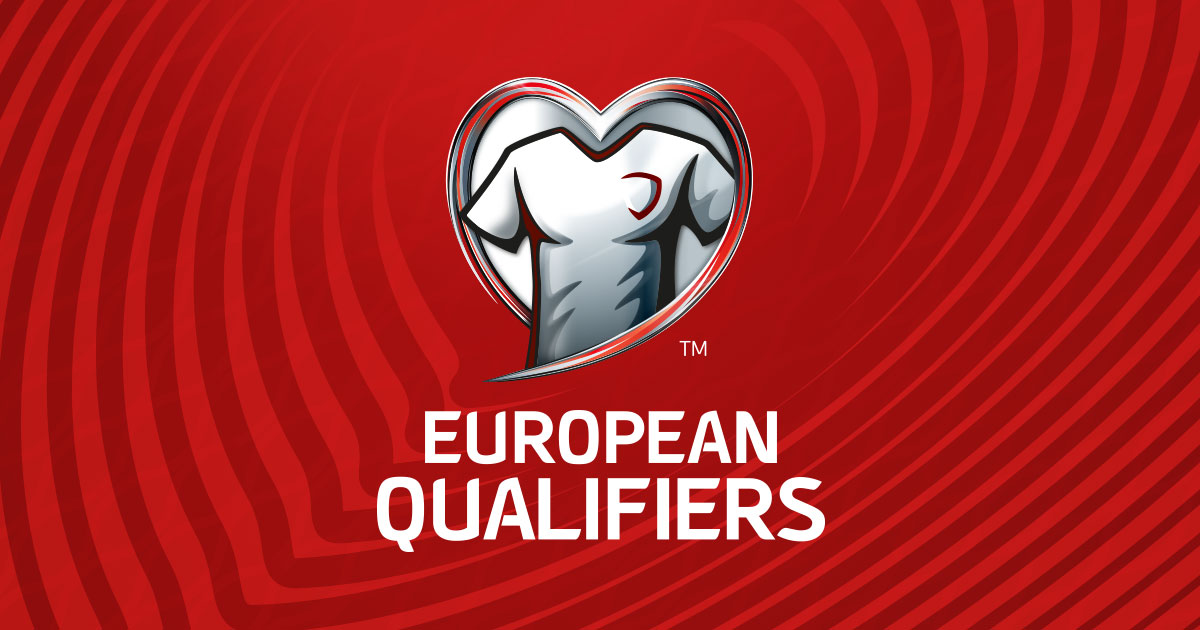
European football has always been a breeding ground for exceptional talent, but the last decade has produced a wave of young players unlike anything seen before. The combination of improved youth academies, modern coaching methods, elite scouting networks, and early professional exposure has allowed teenagers to accelerate their careers at an incredible pace. Clubs across the continent are investing more aggressively in their academies, trusting young players earlier, and building long-term strategies around their development. As a result, Europe is witnessing a generation of footballers who are technically advanced, tactically mature, and mentally ready for the biggest stages long before turning 21.
A New Generation Shaped by Better Academies
Youth academies today barely resemble those of the past. Where training once focused on physical conditioning and basic technical work, modern programs emphasize game intelligence, decision-making under pressure, positional awareness, and ball mastery at a much earlier age. Clubs like Barcelona, Benfica, Sporting CP, Ajax, Borussia Dortmund, and Rennes have developed advanced systems designed to shape players holistically — not only as athletes but as thinkers.
Children who enter these academies at six or seven years old are introduced to sophisticated training environments. They watch video analysis, learn tactical principles, and build technical precision through hundreds of repetitions. As a result, a 17-year-old today often possesses the tactical maturity of a 23-year-old from fifteen years ago.
Clubs Are Giving Young Players Real Responsibility
Another defining factor in the rise of young European talent is the willingness of clubs to give minutes to teenagers. Financial realities have pushed clubs to develop internally instead of spending heavily on transfers. Teams in Portugal, Belgium, France, and Germany, in particular, have embraced this model.
Borussia Dortmund played a pioneering role by trusting Jadon Sancho, Jude Bellingham, and Youssoufa Moukoko at incredibly young ages. Likewise, Benfica and Sporting CP have built reputations as clubs that produce and elevate young stars rather than merely buying them. This growing trust means that teenagers now make Champions League appearances with regularity — something that was much rarer two decades ago.
The Impact of Early European Exposure
Playing against international opponents accelerates development dramatically. Talented players at 16 or 17 often train alongside experienced internationals, absorbing their habits, gaining confidence, and adjusting to elite game speed.
The UEFA Youth League, introduced in 2013, has also played a significant role. It provides structured, high-level competition for U-19 teams across Europe, helping young players adapt to pressure and tactical complexity in a more realistic competitive environment. Many stars dominating European football today once played in this tournament as teenagers.
The Influence of Scouting and Data
The scouting landscape has evolved to the point where clubs track potential stars years before they reach senior football. Databases, video platforms, and performance metrics help clubs identify promising players across Europe with far greater accuracy. Scouts can compare technical behavior, decision-making patterns, and physical development without setting foot in a stadium.
This detailed monitoring is one reason clubs sign players as early as 15 or 16, hoping to develop them before their value skyrockets. It also explains why discussions about rising talents often appear on analytical platforms, fan communities, and even entertainment websites like Lemon Casino when evaluating football-related content or predicting future stars.
Case Studies: The New Faces of European Football
Europe’s recent crop of talents highlights just how advanced young players have become.
Jamal Musiala (Germany/England)
After leaving Chelsea’s academy for Bayern Munich, Musiala quickly became one of Europe’s most technically gifted midfielders. His close control, composure, and dribbling creativity helped him break into Bayern’s first team before he was 18.
Eduardo Camavinga (France)
Camavinga made his debut for Rennes at 16 and instantly showed maturity far beyond his age. His understanding of tempo, positioning, and defensive timing made him impossible to ignore. Real Madrid’s decision to sign him early reflects the growing competition to secure elite prospects.
Lamine Yamal (Spain)
Barcelona’s latest prodigy, Yamal, became the youngest player ever to score in a European Championship. Despite being only 17, he already plays with the authority of a seasoned professional. His emergence highlights how improved youth training accelerates development dramatically.
Rasmus Højlund (Denmark)
Højlund’s rise from Copenhagen’s academy to the Premier League in just a few seasons shows how quickly young players can climb the ranks if they combine athletic qualities with tactical discipline.
Why European Football Encourages Youth Breakthroughs
Several structural factors explain why Europe continues producing outstanding young footballers:
- Elite coaching education: Many European nations invest heavily in coaching licenses and training methodology.
- Clear developmental pathways: Academies, reserve teams, and loan systems create smoother transitions into senior football.
- Cultural acceptance of youth: Clubs, fans, and media increasingly expect — and celebrate — early breakthroughs.
- Financial realities: Developing internal stars is more sustainable than expensive transfer strategies.
These conditions create an environment where young players are encouraged to take risks, learn from mistakes, and grow rapidly.
Looking Ahead: The Future of Youth Development
Europe’s next decade of football will likely be even more youth-driven. Clubs are building stronger academy networks, national federations are modernizing youth competitions, and investment in coaching technology continues to grow. Talented players are becoming more complete at younger ages, and global visibility allows them to mature faster than previous generations.
As long as clubs maintain this balance between professional trust and developmental support, Europe will continue to produce remarkable young stars who redefine what is possible at 18 or 19 years old.








